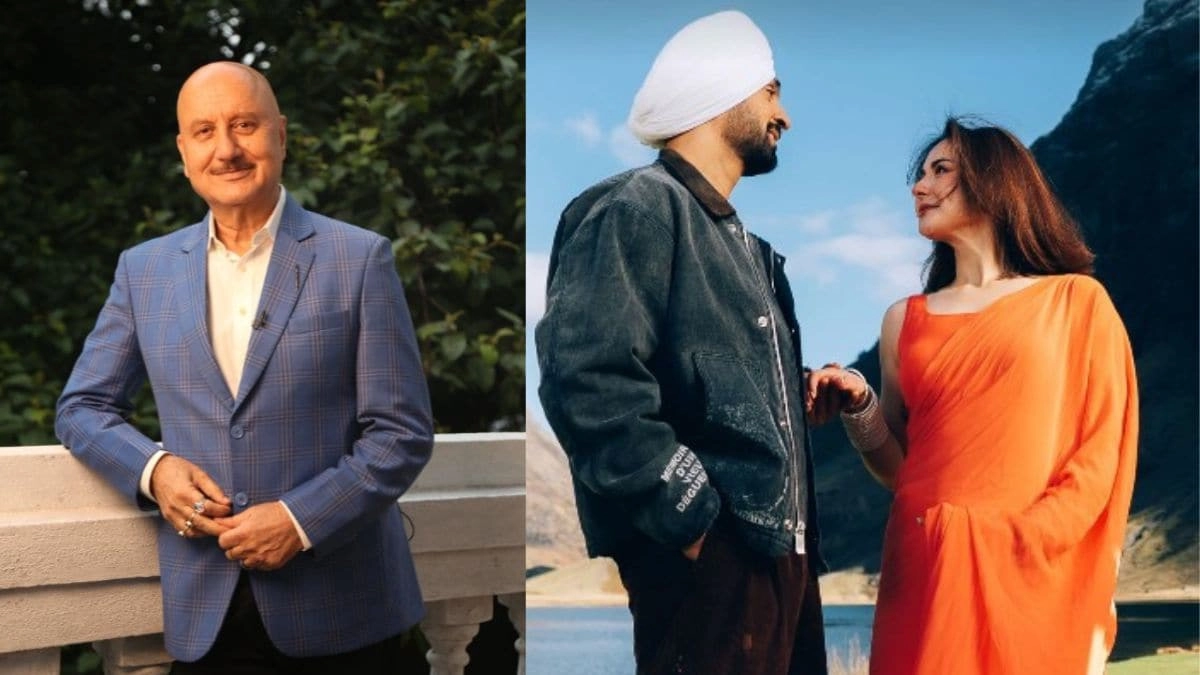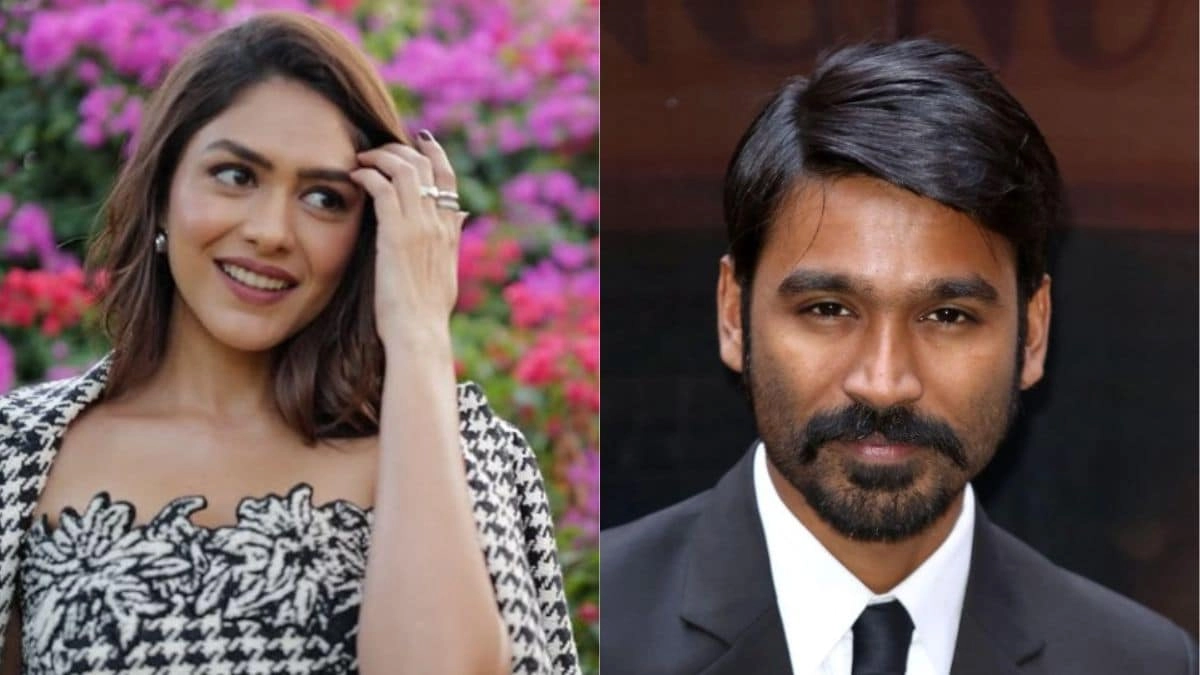In a recent interview with NDTV, renowned actor Anupam Kher made headlines with his candid remarks regarding fellow actor Diljit Dosanjh. Kher, known for his deep-rooted values and emotional connections to his family, expressed his discomfort with the artistic choices some actors make in the industry. Specifically, he touched upon the sensitive subject of on-screen depictions that involve elements of personal significance, such as a woman’s sindoor, which symbolizes her marital status in many Indian cultures. Kher stated, “I can’t see my sister’s sindoor destroyed for art; I’m not that great.” This statement reflects not only Kher’s personal beliefs but also his respect for cultural traditions that hold immense importance in society.
Kher’s comments highlight a broader conversation about the responsibilities of artists and their choices in portraying cultural symbols. The film industry often grapples with the balance between creative expression and the potential impact on societal norms and values. Kher’s perspective raises questions about the extent to which artists should go in the name of art. While creativity is essential for storytelling, Kher suggests that it should not come at the cost of disrespecting cultural symbols that resonate deeply with many individuals and families. His assertion indicates a strong stance on maintaining the integrity of cultural practices, especially those that are cherished by communities.
Moreover, Kher’s remarks serve as a reminder of the influence that prominent figures in the film industry wield. As role models, their choices can significantly shape public perception and societal values. By voicing his thoughts, Kher encourages a more thoughtful approach to the depiction of cultural elements in films and television. He highlights the need for sensitivity and respect toward traditions that define identity and familial bonds. In an era where discussions about cultural representation are increasingly relevant, Kher’s insights contribute to a vital discourse about the balance between artistic freedom and cultural respect.
In conclusion, Anupam Kher’s comments on Diljit Dosanjh resonate beyond the realm of entertainment; they reflect a deeper understanding of cultural significance and familial ties. As the film industry continues to evolve, dialogues like this one are essential for fostering a respectful and conscientious approach to storytelling. Kher’s stance serves as a call to action for artists to consider the implications of their work on society and to honor the traditions that shape the lives of countless individuals. Ultimately, this conversation not only enriches the artistic landscape but also reinforces the values that connect us to our heritage and to one another.




